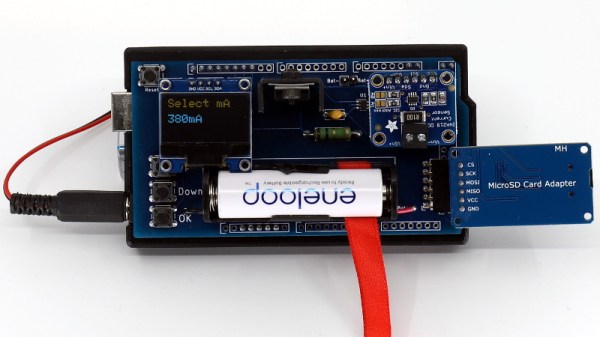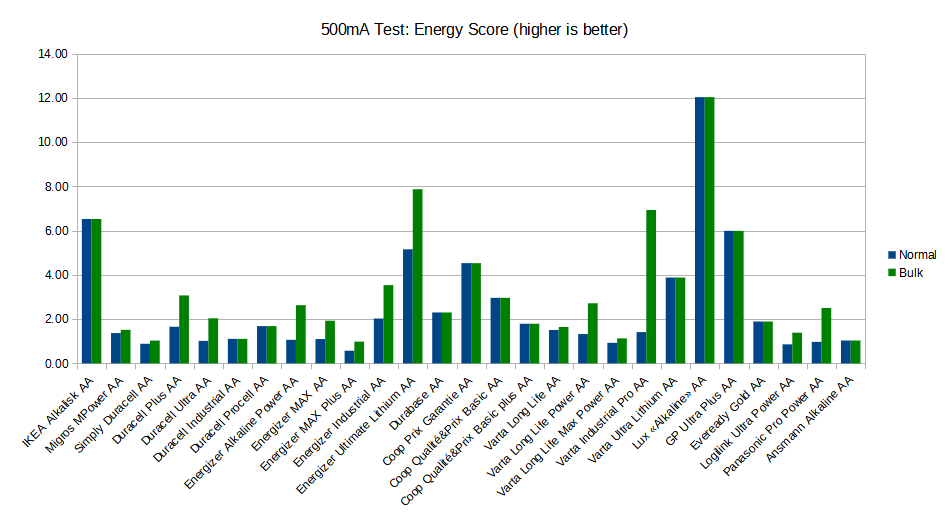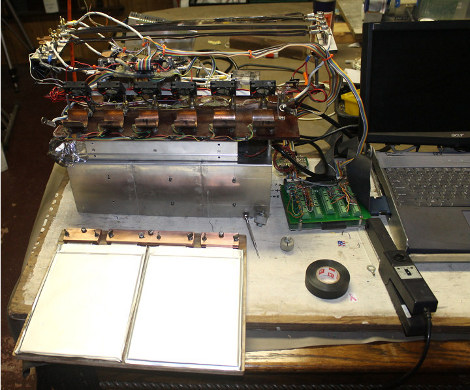Readers of a certain vintage will no doubt remember that for a brief time, some alkaline batteries came with a built-in battery tester. Basically, you just pushed really hard with your fingernails on the two ends of the strip, and it either lit up the little strip (or didn’t if it was dead), or made the word ‘good’ appear if energized.
But those days are long gone. What you need now is to either grab the voltmeter, stick out your tongue, or build yourself a battery-testing business card. Even the normies will enjoy this one, mostly because LEDs. Forty-seven of them to be exact, which will come to life and demonstrate that [Greg] is capable of making working electronic gadgets. No way does this card end up at the bottom of a desk drawer.
As far as grasping the batteries goes, [Greg] had several ideas, but ultimately landed on pogo pins, which we think is a fabulous solution. Be sure to check out the neat interactive BOM, somewhere in the middle of which is the CH32v003 RISC-V microcontroller. In the video after the break, you can see [Greg] using a Flipper Zero to program it.
Continue reading “2024 Business Card Challenge: A Battery Tester With Blinkenlights”
















